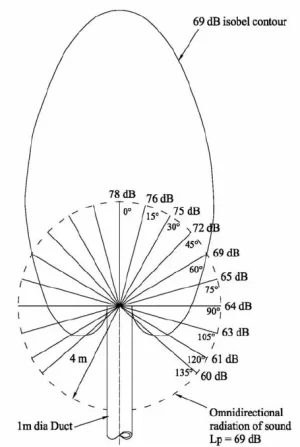First off, when I bought my "Loud Pipes Save Lives" patch & first sewed it on my riding vest, I thought it was a cute, glib saying & not much else. A bit of attitude. Since then it has proven true in real life experience, despite what some paper may claim to the contrary, and I'll explain below.There is no scientific proof to support the claim and several studies debunking it. Here are a few references:
Second, I've been riding for 42 years myself. All Harleys, all loud pipes. People hear them. I know, because I can see their reactions. I get near, I see them checking their rearview & sideview mirrors.
Now, to the paper's conclusions. The author's note that at a distance of 15 meters cage drivers can't hear motorcycle exhausts. That's 50 feet, close to 3 of todays car lengths. Fine. It's a safe statement that many of the idiots in a cage don't bother mirror checking, shoulder checking or signalling in the first place. If they dive into my lane 50 feet or more in front of me, that's seldom an issue. I have time to react to most of them, unless they slam on their brakes, too. It's the nearer ones that present an issue, the ones that are 10 or 20 feet in front of me, or right beside me. They'll hear my pipes at that distance, guaranteed. Even with the stereo on. As I've noted above, I see them checking their mirrors to see where the noise is coming from.
As far as sound propogating behind the bike is concerned, nice theory, but real life trumps theory every time. If that was true, then why are my ears often ringing after a long ride? The tip of my exhaust is close to 3 feet behind my ears. Is it going to be louder behind the bike? Of course. That doesn't stop the sound from being heard in a forward or lateral direction.



